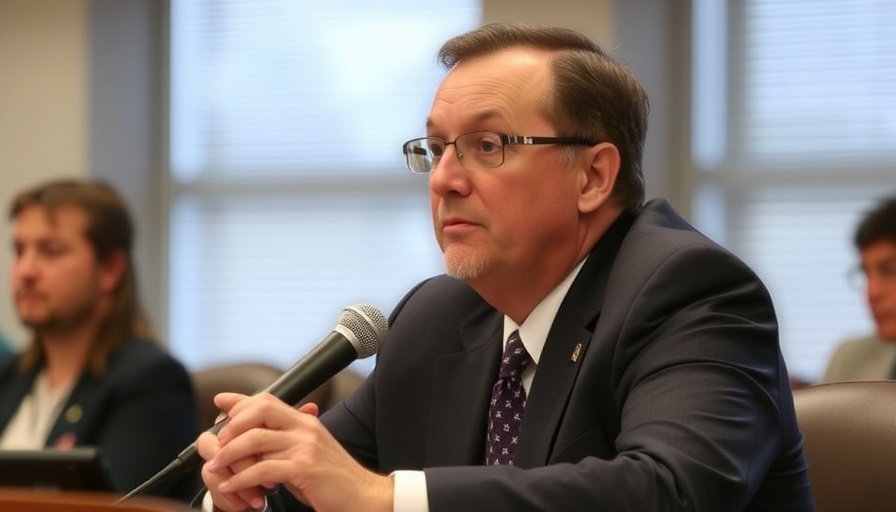
Redistricting Controversy: What’s at Stake for Houston?
The Texas House redistricting committee’s recent hearing in Houston has spurred significant backlash, primarily due to the conspicuous absence of any proposed congressional maps. This oversight has led many to question the purpose and effectiveness of the meeting, especially when local residents expressed their desire to provide input on potential changes that could significantly impact their communities.
The meeting was held on July 26, 2025, at the University of Houston, where attendees gathered with hopes of voicing their opinions about the redrawing of congressional districts, which disproportionately affect minority populations. This hearing served as the second public testimony session regarding a revised redistricting plan. However, as Democratic committee members pointed out, no such plan had yet been made available for review.
Public Outcry: Why Are Maps Missing?
Critics, including Democratic representatives such as Senfronia Thompson and Jolanda Jones, expressed frustration over the lack of maps available for assessment. Jones highlighted that several hundred Houston residents had come to testify, yet they were left unable to provide feedback since there was nothing concrete to react to. The legislative chair, Cody Vasut, indicated that follow-up hearings would address the maps once they were prepared—but many were left wondering why these sessions were being held prior to the release of the critical information.
This prompted calls from residents like Jerome Wald to ensure that sufficient time is allotted for public reflection and discussion once the maps become public. The crucial nature of redistricting lies in its potential to influence voting patterns and representation, especially in diverse areas like Houston. As Wald aptly put it, the process should focus on fairness rather than gerrymandering.
A Historical Perspective on Redistricting in Texas
Redistricting has been a contentious issue in Texas politics for decades. The drawing of district lines can dramatically alter congressional representation and influence policy directions at both the state and federal levels. Texas has a long history of redistricting that reflects both the growing diversity of its population and the political maneuvering by entrenched powers. The last significant redistricting followed the 2020 Census, but the mid-decade adjustments invite skepticism and calls for transparency.
The Bigger Picture: Implications for Underrepresented Communities
Undoubtedly, the absence of mappings during such hearings highlights potential threats to representation for vulnerable groups in Houston, which largely consist of Black and Latino communities. As these neighborhoods face the risk of being diluted in voting strength, the implications of redistricting go beyond just geographic lines; they have profound effects on community power dynamics and access to resources.
For many attendees, including representatives like U.S. Rep. Sylvia Garcia, the message is clear: the community must be heard, and the actions taken during this process should prioritize the voices of its constituents over partisan interests.
Looking Ahead: Future Hearings and What to Expect
With the promise of additional public hearings once the maps become available, the opportunity remains for Houston residents to mobilize and ensure their perspectives are heard as Texas approaches the critical 2026 elections. Vasut's assurance to provide a platform for public testimony post-map release indicates a willingness to engage the community, yet residents remain cautious, demanding transparency throughout the entire process.
Take Action: Your Voice Matters!
The upcoming discussions surrounding redistricting will shape Houston's political landscape for years to come. As a resident, your voice matters—engage with your representatives, stay informed about future hearings, and ensure you are prepared to advocate for equitable representation in your community.
 Add Element
Add Element  Add Row
Add Row 



Write A Comment